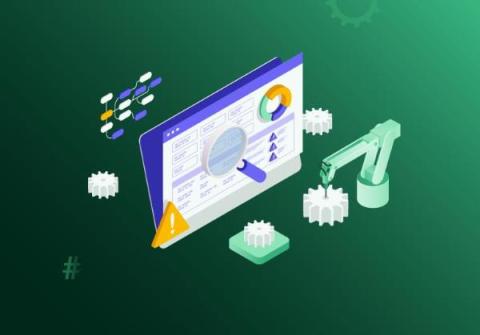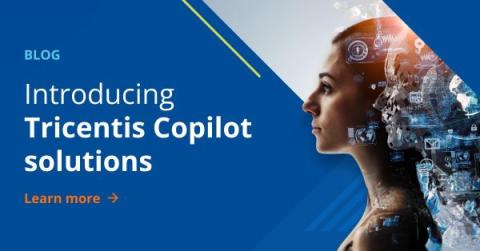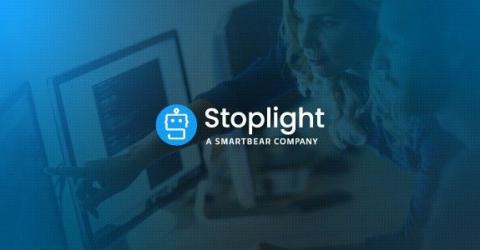Your Software's Security Is Only as Good as Your Last Test
Test automation plays a bigger role in achieving cybersecurity than you might think. Senior QA Director Karen Laiacona-Frazier shares tangible advice to add to your security arsenal for safeguarding your daily workflow.











